Amazon in the Arctic
By Katrin Schmid
“Do you mind if we swing by the hub on our way home?” We drive along the paved road through the industrial area of town, toward Iqaluit International Airport, then turn right, away from the passenger parking lot and towards a warehouse with yellow pillars out front. A large sign reads, “Canadian North, seriously northern,” yet this sign is misleading — a mark of begone times. The building we’re now parked in front of used to be the cargo warehouse for one of formerly two commercial airlines operating in Nunavut: Canadian North. In December 2019, the airline merged with its competitor and relocated its cargo storage to a larger facility. Today, the warehouse is occupied by Amazon.com, Inc., and functions as a hub for all orders via the online shipping service addressed to P.O. Boxes in Iqaluit.
In many a mind’s eye, the Arctic conjures images of pristine snowy landscapes with the northern lights dancing overhead, polar bears on sea ice, or seal pups basking under the midnight sun. Disrupting these images, it may come as a surprise to learn that the trillion-dollar corporation Amazon [1] is considered essential to daily life by many Nunavut residents. As friends told me, “I literally order just about everything I can, if it can be shipped up here, if it’s cheaper than what I can find here, which is 99% of the time,” or, “Pretty much the only thing I buy in store is fresh vegetables.”
Residents of Iqaluit, the territorial capital and transportation center of Nunavut with around 7500 residents, have long ordered from Amazon, but since the company opened their hub in late 2020, delivery is not only sped up, it’s also free for Amazon Prime members. All manner of goods are sent up using the online shopping service: pet food and supplies, home décor, house supplies (soaps, cleaners, brooms, garbage bags, light bulbs, etc.), bulk items like toilet paper, cleaning products, instant noodle multipacks, items with a long shelf-life (flour, oil, canned food, pasta, rice, dried beans, peanut butter, spices), pots and pans, toiletries, … you name it. In a region where the logistics of transportation is a challenge and the food insecurity rate is at 70%, many people seek alternative solutions to keep their grocery bills down (see the Qikiqtani Inuit Association 2019 Food Sovereignty and Harvesting report for more on food insecurity).
Of course, Amazon is not the only place to shop for Nunavut residents. Each community has at least one of two grocery store chains, Arctic Co-op and Northern Stores, to shop at locally. However, as one friend explained to me, “Any vehicle parts or tools that I can get through the hub, I’ll get because those are ridiculously expensive locally. What’s nice about parts is that a lot of the time, parts that are available on other websites are available on Amazon just the same: same parts, same quality, same brand. So, go through the hub if the shipping is 3-5 days.” Some people voiced a desire to support the local businesses and reduce carbon emissions by purchasing directly from Co-op or Northern, but explained that the prices are much higher in comparison to online shopping, and often the quality and variety of goods are poorer in the territory.

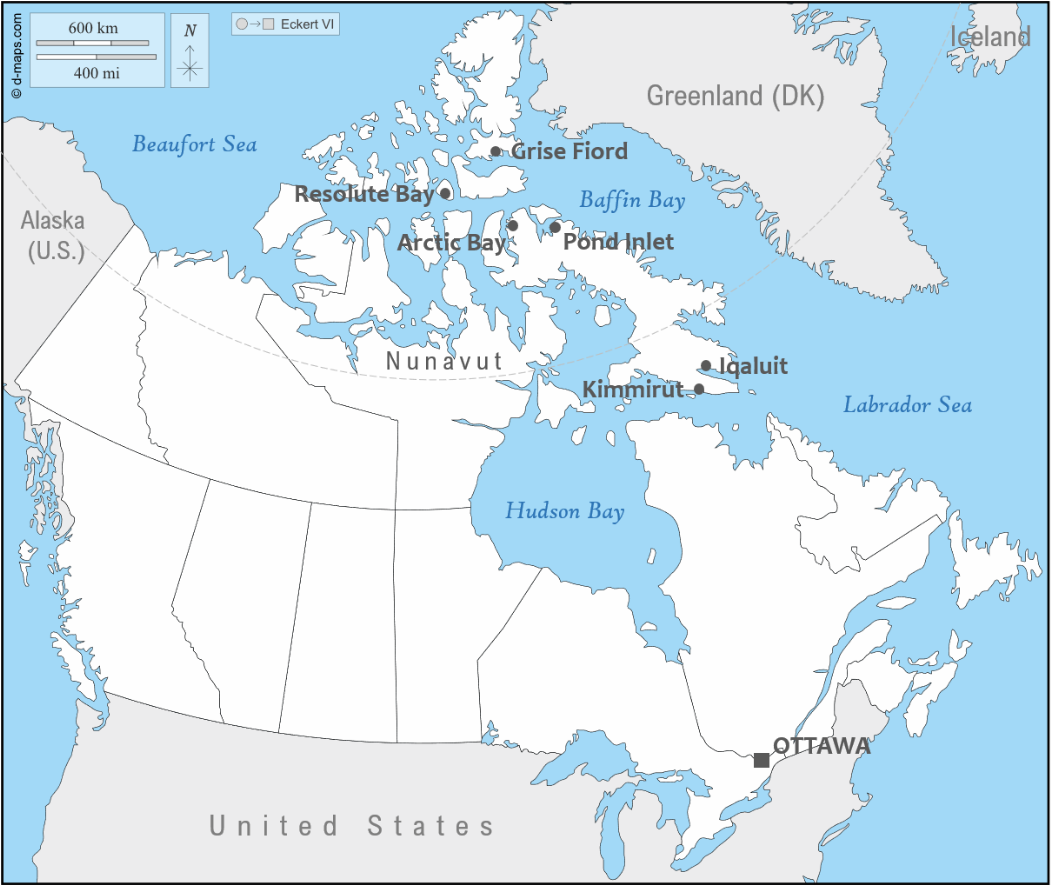
In summer, Nunavut is serviced by two sealift companies, Nunavut Eastern Arctic Shipping (NEAS, partially owned by the Northwest Company) and Desgagnés/Nunavut Sealift and Supply Inc. (NSSI, partially owned by Co-op). Sealift orders allow residents to make bulk food orders or deliver large items such as snowmobiles, trucks, or furniture. However, sealift requires customers to wait many months for their delivery and to pay by credit card, something many Nunavummiut do not possess. A resident of Pond Inlet told me,
“In the past two years we haven’t ordered one [sealift] because since there’s Amazon and other things and the sealift shipment [fee] is getting higher, I think it’s cheaper to order from Amazon instead. And when you order from Amazon you can get them in weeks instead of once per year. And the expiry dates are also a factor when you want a good item or product.”


Furthermore, ordering in bulk requires the capacity to store these items. While most housing has a designated storage space, these rooms or nooks are often converted into bedrooms due to the severe housing crisis in the territory.
The hub in Iqaluit makes ordering online even easier, but this option is not available to Nunavut’s 24 other communities. For residents anywhere except Iqaluit, Amazon orders are shipped using the standard postal system, wracking up the cost of delivery. Why? Because Amazon determines that Nunavut’s communities are “remote locations,” meaning they are not transport hubs themselves, nor are they close to one. Here, the role of infrastructure in determining accessibility to products is glaringly clear: It’s about runway capacities, aircraft, and local cargo facilities. This decision makes a marked difference in cost between Iqaluit and other communities, such as in the below example of Pampers diapers shipped to Iqaluit for free versus to Grise Fiord for $79.99.

Amazon’s presence in the Arctic is connected to limited territorial services and high local costs. However, in this context, Amazon, or online shopping in general, is also about personal identity and being able to buy the things that you need for your style, hobbies, or job. Even in Iqaluit, the largest city in Nunavut with multiple stores, buying clothing or sports goods of good quality is a challenge. In smaller communities there is little to no selection. A young woman in Resolute Bay told me,
“I order a lot of clothes from Nike. A lot of [stores] like adidas, Puma, Amazon, they all ship up here. Well.ca – it’s where you buy, like body wash. [It’s cheaper than getting stuff here?] Yeah. And more options. Have you been to the store and seen the soap options? It’s very limited. And like the clothing – it’s mainly just socks!”
Online stores have expanded Nunavut residents’ capacity to choose what products they want to order, and from which companies. Unless you make your own clothing (which many people do in Nunavut, especially when it comes to outdoor gear such as parkas, sweaters, wind pants, or boots), ordering online can be a way to purchase things that reflect one’s personality and interests beyond what is on offer at the hamlet store. In fact, in small communities such as Resolute Bay or Grise Fiord, key items like machine parts, or glass beads are not always available, which affects residents’ capacity to produce crafts or access the land. This also affects traditional harvesting activities: While sled dogs are typically fed hunted meat, time constraints and lack of resources mean not all hunters can harvest enough meat to sustain their team year-round. In such cases, dogs are fed with kibble sent up from southern Canada, with a hefty price tag included. The time commitment and associated costs inhibit some with an interest in mushing from starting a team, or others from continuing theirs.
The challenges around northbound cargo transportation are not new in Nunavut. At the end of November 2023, I interviewed Paul Crenson, Manager of Airport Operations for the Government of Nunavut, in Iqaluit. He explained,
“One thing we need is a new cargo facility because there’s a fight for the perishables and an increase of regular other goods that are coming through the airport. And the provider can’t manage it all without damages being incurred. […] But I think it’s also because of the sensitivity up here; as I mentioned the infrastructure down south isn’t necessarily designed for that rapid movement to get stuff up here. If the supply chain was better modified for that direction, there could maybe be some improvements on the quality of food when it ends up with the consumer here.”
While the Arctic’s “sensitivities” to supply chain inefficiencies and infrastructural failures don’t have a quick-fix, supporting businesses that ship to remote locations makes a difference in individuals’ capacity to pursue their interests and engage in cooking, hunting, beading, sewing, or photography.
Meanwhile, the line at the hub moves quickly as employees rush to the storage area and return with parcels. At the counter, an employee scans our barcode before disappearing and returning moments later. We shuffle back to the car, our arms filled with cardboard boxes of various sizes, which we dump on the back seat. It’s become that “necessary evil,” Amazon in the Arctic.
[1] There is an irony in the fact that today’s largest and most powerful online shopping corporation is named after the Amazon rainforest, a region not unlike the Arctic with regard to Indigenous lands, presence of extraction industries, or importance for a balanced global climate. The implications of these connections will be explored in a later piece.
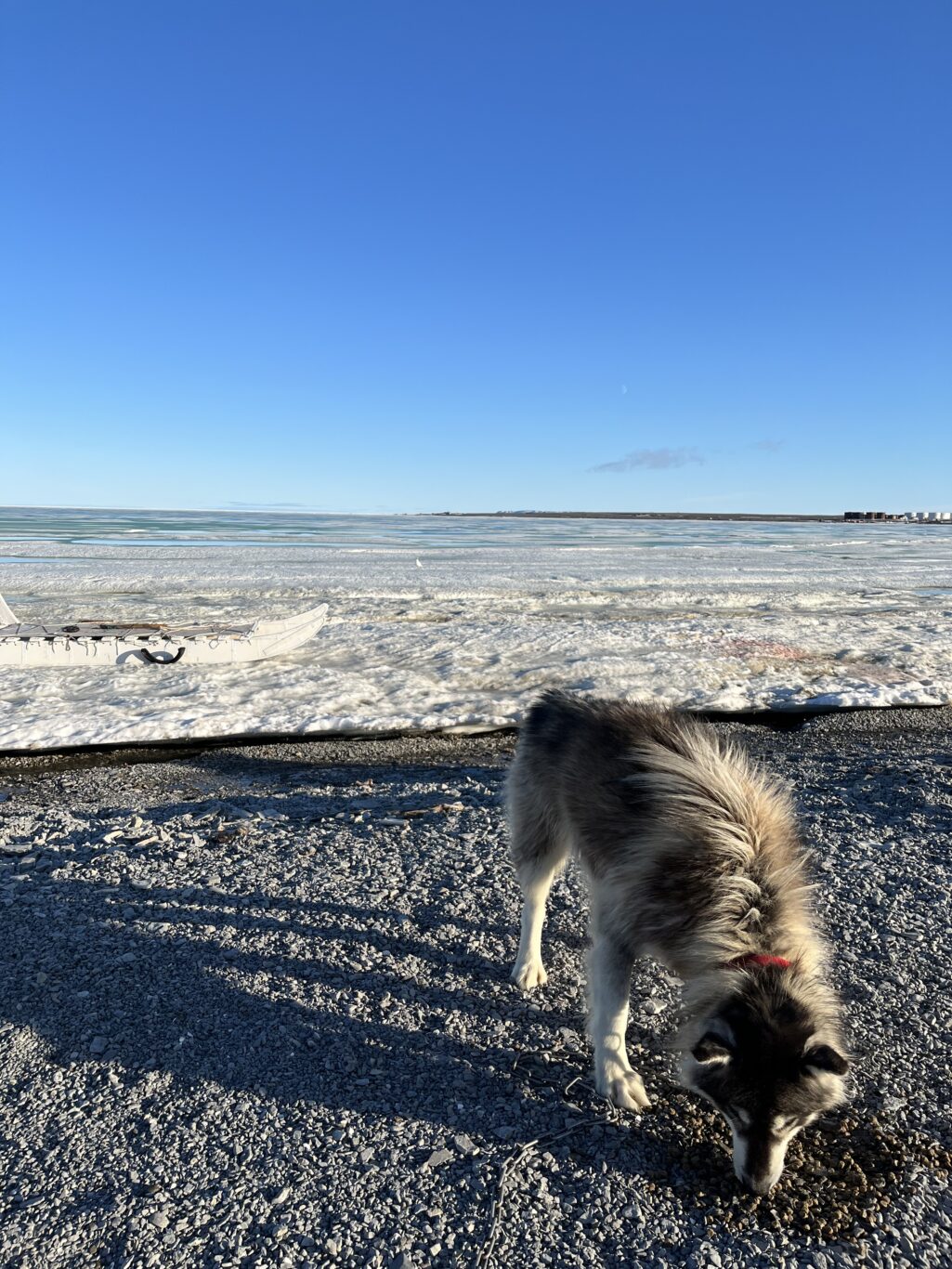
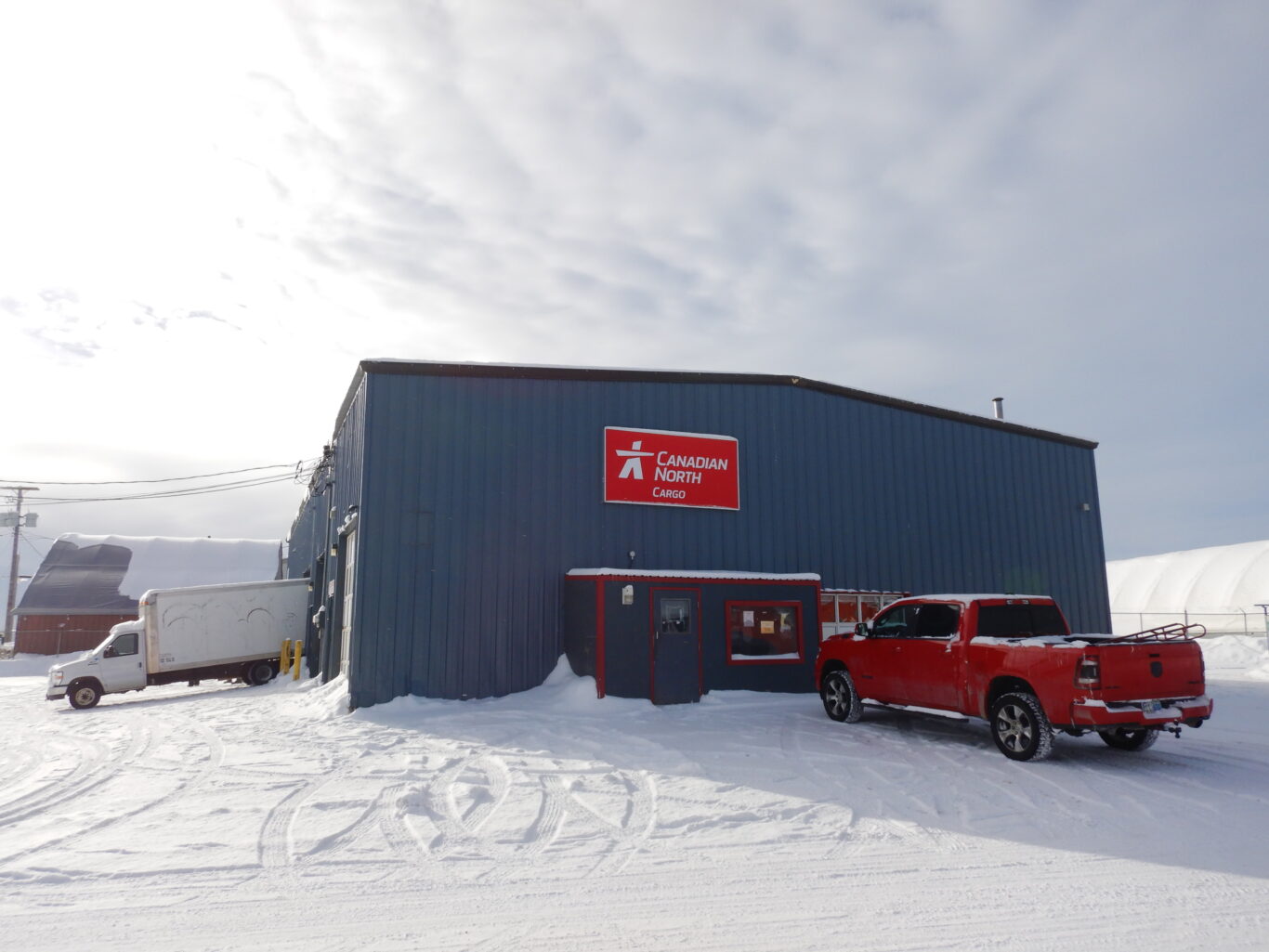
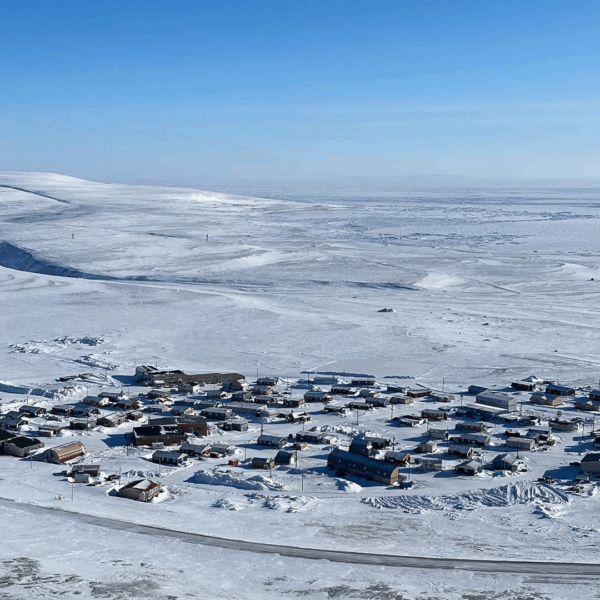
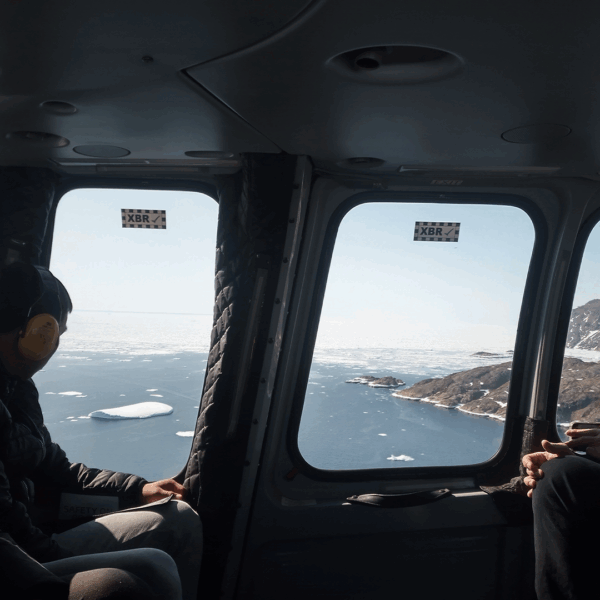
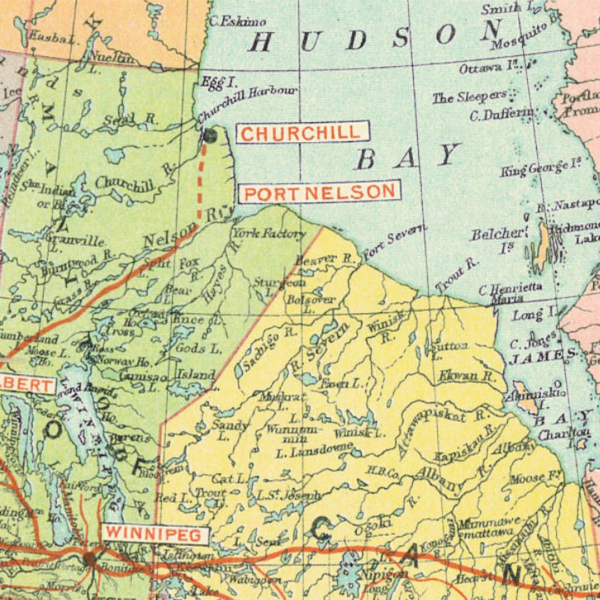



Please login to post a comment...